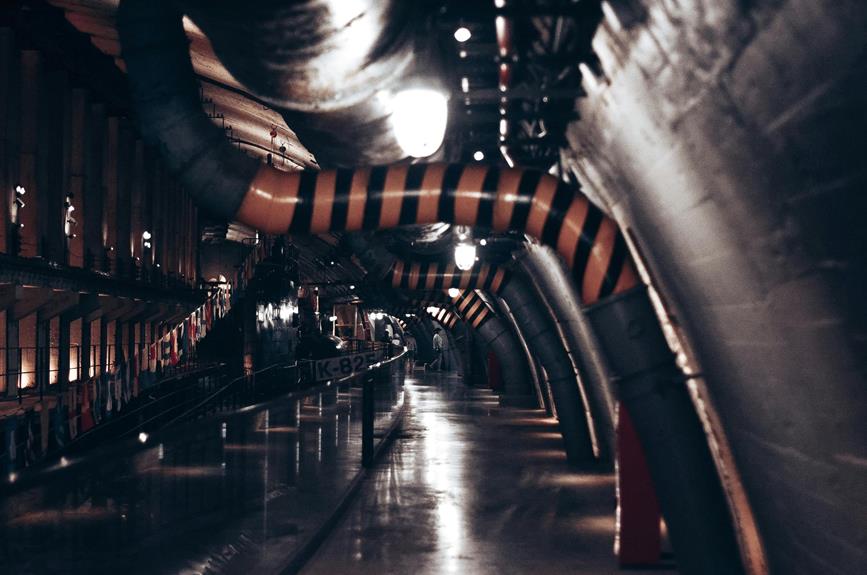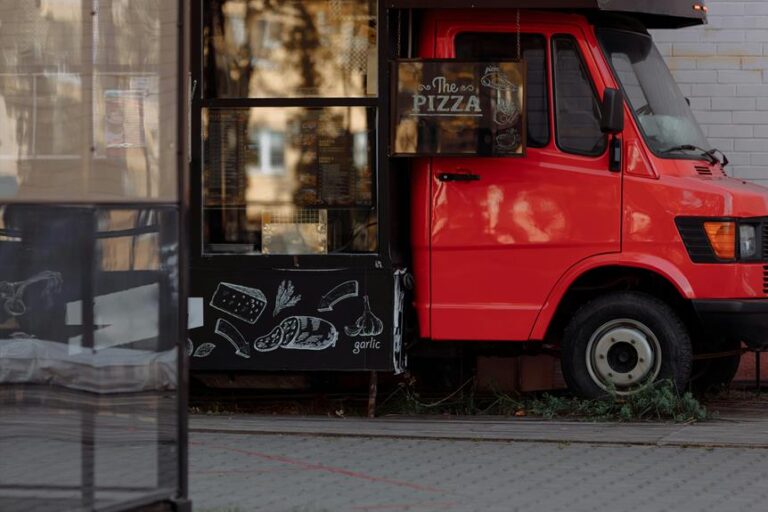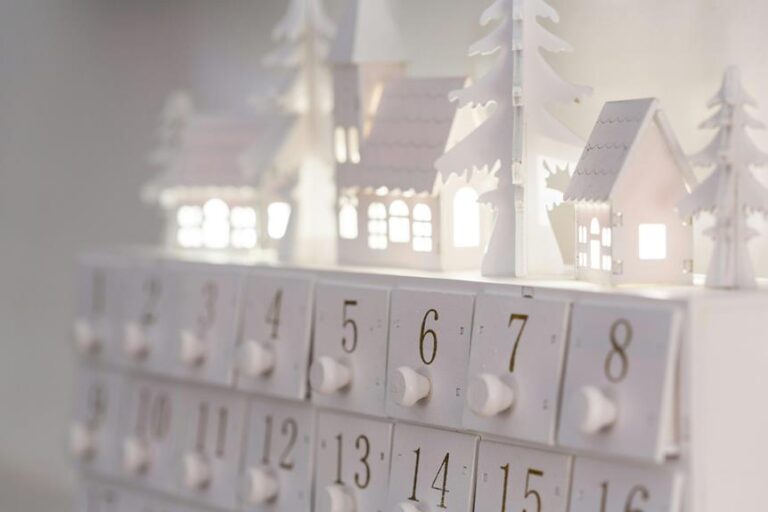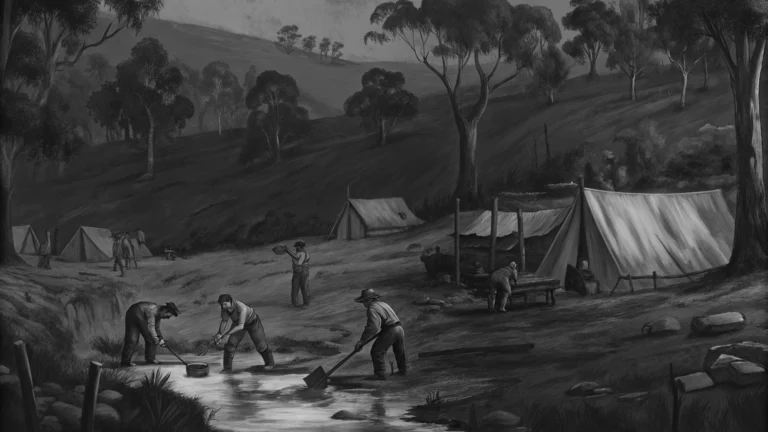How Do I Hang Christmas Lights
To hang Christmas lights safely and effectively, start by choosing the right type of lights for your display, such as C3 or C9 bulbs, icicle designs, or energy-efficient LEDs. Gather essential materials, including a ladder, light clips, extension cords, zip ties, and timers or controllers, and measure your home's exterior to plan the layout. Ascertain safe installation by following precautions like maintaining ladder stability and checking the weather. Calculate power requirements to avoid circuit overload, and inspect lights for damage before use. By following these steps, you'll be well on your way to creating a dazzling display, but understanding the intricacies of installation and maintenance can help take it to the next level.
Types of Christmas Lights
When it comes to your Christmas light display, the first step is choosing the right type of lights. You have various options, including C3 bulbs for smaller, more subtle visual effects, or larger bulbs like C9 for a more dramatic impact.
If you prefer a festive look, consider icicle designs for your eaves and windows. For an energy-efficient option, LED lights are a great choice, consuming considerably less power than traditional incandescent bulbs.
Twinkling effects can add a dynamic visual impact, with approximately 20% of the bulbs flashing. Additionally, prelamped strings offer convenience for quick setups, but may limit customization options.
Consider your holiday theme and desired visual effect when choosing between these options.
Essential Materials Needed
To hang Christmas lights safely and effectively, you'll need a few essential materials. When planning your light installation, consider the durability and weather resistance of your holiday decor. Select Christmas lights specifically designed for outdoor use to guarantee they can withstand various weather conditions.
| Material | Purpose | Importance Level |
|---|---|---|
| Ladder | Safe access | High |
| Light clips | Secure attachment | High |
| Extension cords | Power connection | Medium |
| Zip ties | Secure lights | Medium |
| Timers and controllers | Automated operation | Low |
Using these materials, you can create a beautiful and safe holiday display. A tape measure will also be necessary to guarantee accurate measurements of your space. By gathering these materials, you'll be well on your way to a successful and stress-free light installation.
Measuring and Planning Steps
To guarantee a seamless Christmas lights installation, you'll need to measure your home's exterior, plan the placement of your lights, and assess the power sources available.
Start by walking around your house to measure the perimeter, taking note of the lengths of doors and windows, as well as any corners and turns that may require extra lights or special consideration.
Measure Home Exterior
Measuring your home's exterior is an essential step in planning a beautiful and well-lit holiday display. This process will help you determine the amount of lights needed for complete coverage, considering your desired lighting styles and festive themes.
Begin by measuring the perimeter of your home, including the lengths of walls, doors, and windows, using a tape measure to account for turns and corners. For high areas, safely use a ladder to measure roof peaks, taking note of the required longer light strands and specific installation techniques.
Also, measure the distance from power sources to the areas where you'll hang lights to calculate the needed cord length.
Plan Light Placement
With your home's exterior measurements in hand, you're now ready to plan the placement of your Christmas lights. This step is essential in achieving aesthetic balance in your light design.
Identify focal points for light placement, such as architectural features and pathways, to create a balanced arrangement. Consider the total length of lights needed and account for corners and turns.
When measuring, use a tape measure to check distances from the nearest power source, factoring in cord length. Create a checklist of materials and tools required for your light placement, including clips, extension cords, and a ladder.
This will streamline the decorating process and guarantee you have everything needed. A well-planned light design will result in a visually appealing display that enhances your home's exterior.
Assess Power Sources
Evaluating your home's power sources is an essential step in safely and efficiently hanging your Christmas lights. To start, identify the location of electrical outlets around your home to determine the best power sources for your lights, and measure the distance from the power source to the intended light placement to avoid long extension cords.
Consider the circuit capacity of your home's electrical system, as standard household circuits support either 15 amps (1,800 watts) or 20 amps (2,400 watts). Calculate the total wattage of your light strings to prevent overload.
Keep in mind the importance of using outdoor-rated lights, designed to withstand weather conditions, when connecting to external power sources. By evaluating your power sources, you can plan a safe and efficient Christmas light installation.
Hanging Lights Outdoors Safely
When hanging Christmas lights outdoors, it's essential to prioritize safety, as you'll be working with electricity and maneuvering potentially hazardous conditions.
To guarantee a secure and successful installation, you'll need to focus on three key areas: following a safety precautions checklist to protect yourself and your home, implementing electrical connection tips to prevent overloads and short circuits, and employing ladder placement strategies to maintain stability and balance.
Safety Precautions Checklist
Before you start hanging Christmas lights outdoors, it's essential to follow a few key safety precautions to minimize risks and guarantee a trouble-free holiday season. These precautions include ladder stability and weather precautions to prevent accidents and electrical hazards.
| Safety Precautions | Description |
|---|---|
| Ladder Stability | Verify ladder is stable on level ground, maintaining three points of contact while climbing |
| Weather Precautions | Check weather forecast and avoid hanging lights during rain, snow, or high winds |
| Outdoor-Rated Lights | Use only outdoor-rated lights designed to withstand weather conditions |
Additionally, inspect lights for frayed wires or broken bulbs before installation, and replace any damaged components to verify safe operation. By following these simple safety precautions, you can enjoy a festive and hazard-free holiday season.
Electrical Connection Tips
Connecting your Christmas lights safely outdoors requires attention to detail and an understanding of electrical connection best practices.
To maintain electrical safety, use outdoor extension cords rated for the intended wattage, guaranteeing safe connections that can withstand various weather conditions. When selecting cords, consider connection types like plug-and-play or twist-lock, which provide secure connections and minimize the risk of electrical hazards.
Keep electrical connections off the ground to minimize water exposure and potential electrical hazards. Calculate the total wattage of your lights (bulb wattage x number of sockets) to avoid exceeding the circuit's capacity, typically 15 amps (1,800 watts max) for standard household circuits.
Regularly inspect your lights and connections for frayed wires or damage before installation to guarantee a safe and functional outdoor display.
Ladder Placement Strategies
To guarantee a safe and successful outdoor Christmas light installation, you'll need to position your ladder carefully. The ladder's stability largely depends on its placement and angle. When setting up a ladder, consider the ladder types and their weight capacity to make certain it can support your weight.
Here are some essential ladder placement strategies to keep in mind:
- Place the ladder on a stable surface, preferably on level ground, to prevent tipping.
- Make certain the ladder is at a 75-degree angle to provide maximum stability.
- Maintain three points of contact on the ladder at all times for added security.
- Use ladder stabilizers or leg levelers for extra support, especially on uneven terrain.
- Always have a partner hold the base of the ladder for additional stability.
Installation Techniques Inside
You'll likely need a few simple installation techniques to hang your Christmas lights inside without damaging your home's walls or ceilings.
When it comes to interior design, Christmas lights can greatly enhance your holiday ambiance. To achieve this, start by checking the functionality of each strand of lights before installation to guarantee there are no faulty bulbs.
Use adhesive hooks or clips to securely attach lights to walls or ceilings, maintaining even spacing between lights for a uniform look.
Begin hanging lights from the nearest electrical outlet and work outward, considering the use of a smart plug for convenient control via a smartphone app.
What Precautions Should I Take When Hanging Christmas Lights to Ensure Safety During an Earthquake?
When hanging Christmas lights, Prepare for the Great by ensuring they are securely fastened to avoid falling during an earthquake. Use insulated hooks and clips to keep them in place, and avoid placing lights near heavy objects or in high traffic areas to minimize risk.
Calculating Power Requirements
When planning a thorough Christmas light display, it's essential that you calculate the power requirements accurately to avoid overloading your circuits. To do this, multiply the bulb wattage by the number of sockets in a string to find the total wattage. Then, divide the total wattage by 120 to determine the total amps required for the string of lights, ensuring it fits within your circuit's capacity.
Here's what to keep in mind:
- Standard household circuits have a capacity of either 15 amps (1,800 watts max) or 20 amps (2,400 watts max).
- Maintain circuits at no more than 80% capacity for safety and to avoid potential overload issues.
- Check the wattage ratings of your lights to prevent exceeding the circuit's power limitations.
- Avoid mixing different types of bulbs to prevent power issues.
- Calculate total wattage before connecting multiple strings to a circuit.
Maintenance and Storage Tips
A well-maintained Christmas light collection can save you time, money, and stress in the long run. Regular light inspection during the holiday season is essential for identifying frayed wires or burned-out bulbs. Check your lights frequently to guarantee safety and functionality.
When the season ends, store your lights in a cool, dry place using effective storage solutions like labeled bins or protective coverings. This will prevent tangling and damage, making next year's installation easier.
Consider creating a light display plan while packing away lights to streamline future installations and boost creativity. Dispose of non-functioning lights according to local regulations to promote responsible waste management and environmental safety.
Proper storage and disposal will help extend the lifespan of your Christmas lights.







